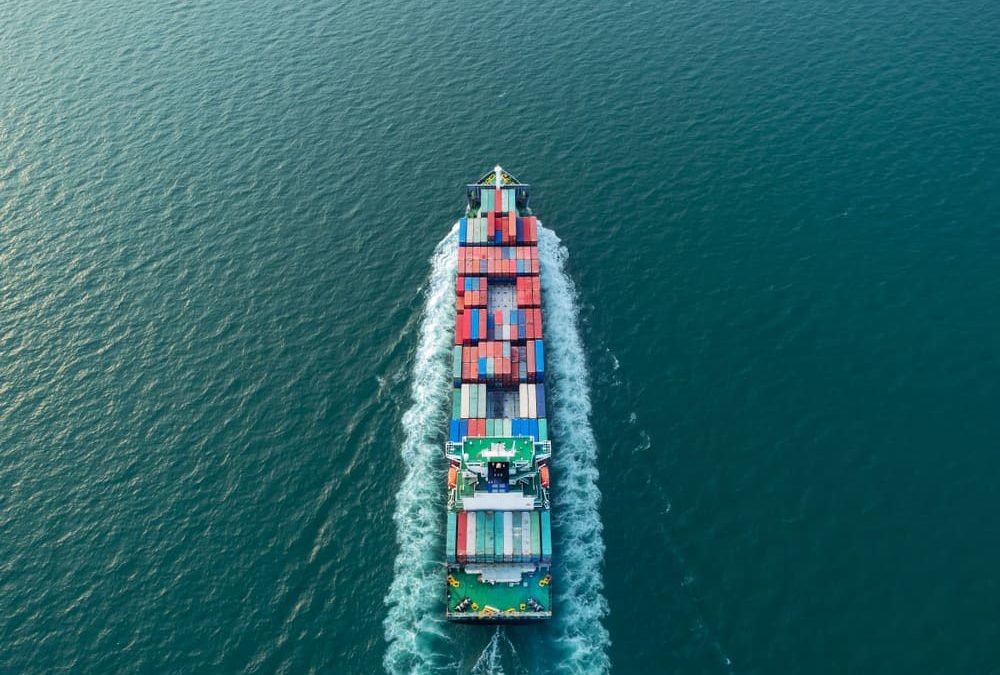Gatún Lake, crucial for the Panama Canal, is experiencing its lowest water level ever at the beginning of the dry season, affecting shipping traffic. An ongoing El Niño worsens the extreme drought, expected to last until May. The Panama Canal Authority has reduced daily traffic by nearly 40%, leading to diversions to longer routes, raising costs and carbon emissions. Climate change has disrupted rainfall patterns, causing severe droughts and deluges. Weight restrictions during past droughts were imposed due to shallower water. The canal handles 5% of global seaborne trade, but reduced traffic has led to a $100 million monthly drop in toll revenues since October. Rising temperatures and increased water demands, driven by Panama’s population growth and shipping demands, exacerbate the crisis. The canal, relying on freshwater, faces disadvantages compared to other routes. Plans for a new reservoir on the Indio River face legal challenges, highlighting the urgency for additional water sources. Forest restoration projects aim to mitigate the impact, but more measures are required to secure water supply for the next 50 years.
Source: NewYorkTimes


